You grew up watching the best fight scenes and loved every bone-cracking minute of them. They are one of the reasons you became a filmmaker, and perhaps you’ve already put together a few of your own.
But for some reason… they just don’t play the way you had hoped. It’s not like you don’t know how to film an action scene or even a good fight scene, but something is just… wrong. Was it the sound design? The fight choreography? The actors? You’re not sure, but you do know one thing…
You can do better.
In this post, we’re going to break down a shot list for Guy Ritchie’s Sherlock Holmes fight scene. Let’s get it on!
How to Shoot Better Fight Scenes
FIGHT SCENE STRUCTURE
Plan your fight scene as a mini story
How do you build a truly unforgettable fight scene? The first thing you need to do is to build a story within your fight scene.
Great fight scenes use a condensed story structure. Your story has three acts, and so should your fight scenes.
- Establish information
- Introduce crisis
- Conclude your story
Your script breakdown is the perfect time to label these key moments that interact with important props, introduce critical information, and take the viewer on a mini-adventure — complete with abysmal lows…
And apex highs.
This is important to keep in mind if you want to know how to film an action scene, or a fight scene, or a car chase — they all need a story.
It is important to note here that you should be thinking about shot selection but only if the story beats work. If you don’t have the right beat structure for your fight scene, your shots won’t mesh correctly.
You’ll have a big, messy brawl…that somehow bores the viewer. The Sherlock Holmes fight scene follows these basic rules and we'll go over what makes the scene work so well.
ACT ONE OF A FIGHT SCENE
Establish information
At the beginning of any fight scene, we should be introduced to the combatants. In a boxing scene, this is normally pretty easy because you’ll have a ring announcer and a whole ceremony if you want.
In this scene, we have our main player — the most perfect reasoning and observing machine that the world has seen — Mr. Sherlock Holmes.
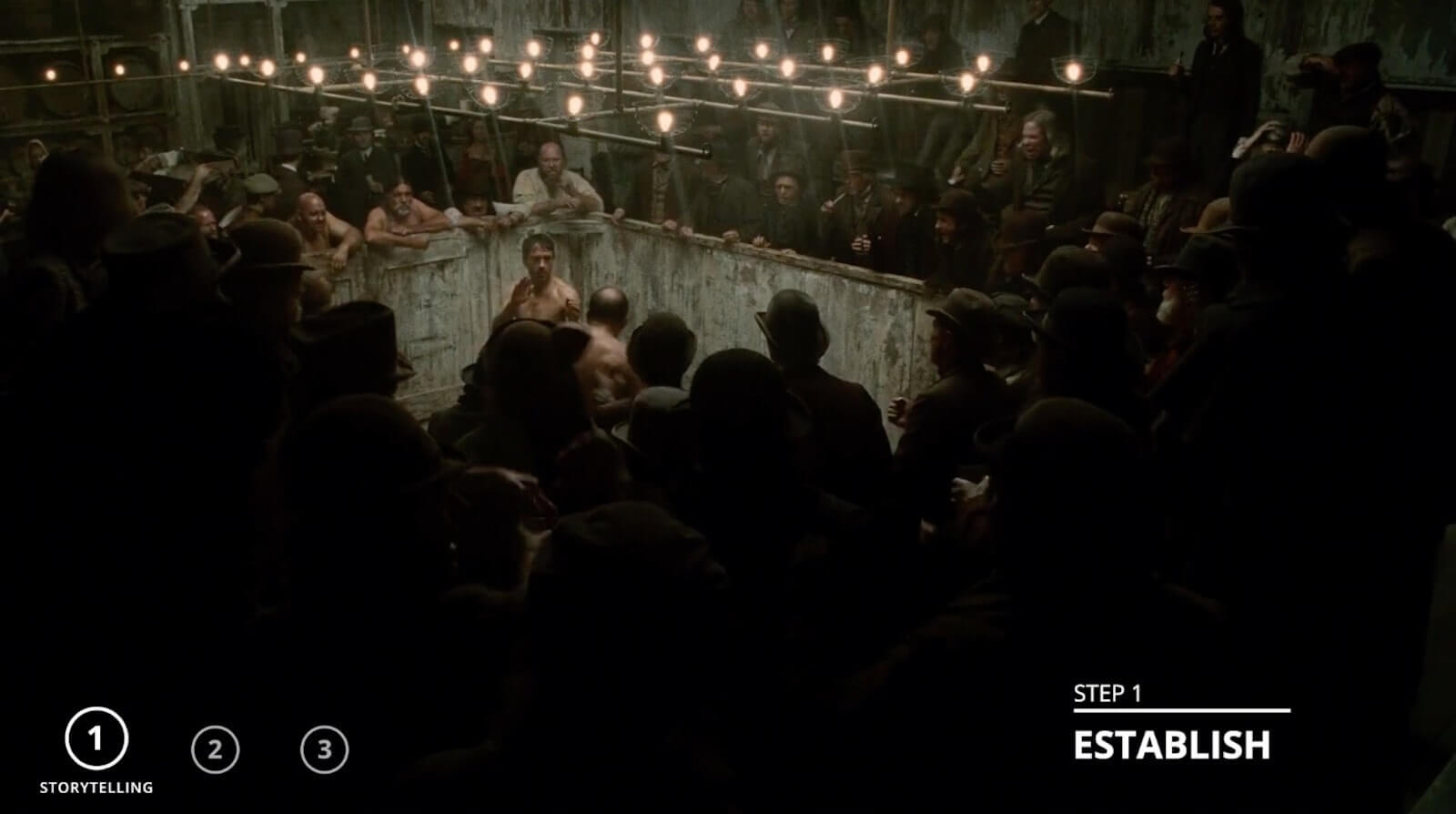
Establish the scene
Holmes has placed himself into a bare-knuckle boxing match with some bloke. We don’t need to get into this guy’s whole backstory, but we need to know that he is formidable in some way.
In this case, the dude is huge — and out of Sherlock’s weight class.
At first, he’s agile, in control, but it cannot all be fun and games…
We need a crisis.
ACT TWO OF A FIGHT SCENE
Introduce crisis
Guy Ritchie read through the script and found an important piece of information that he could use to introduce a crisis.
Ms. Irene Adler's handkerchief.
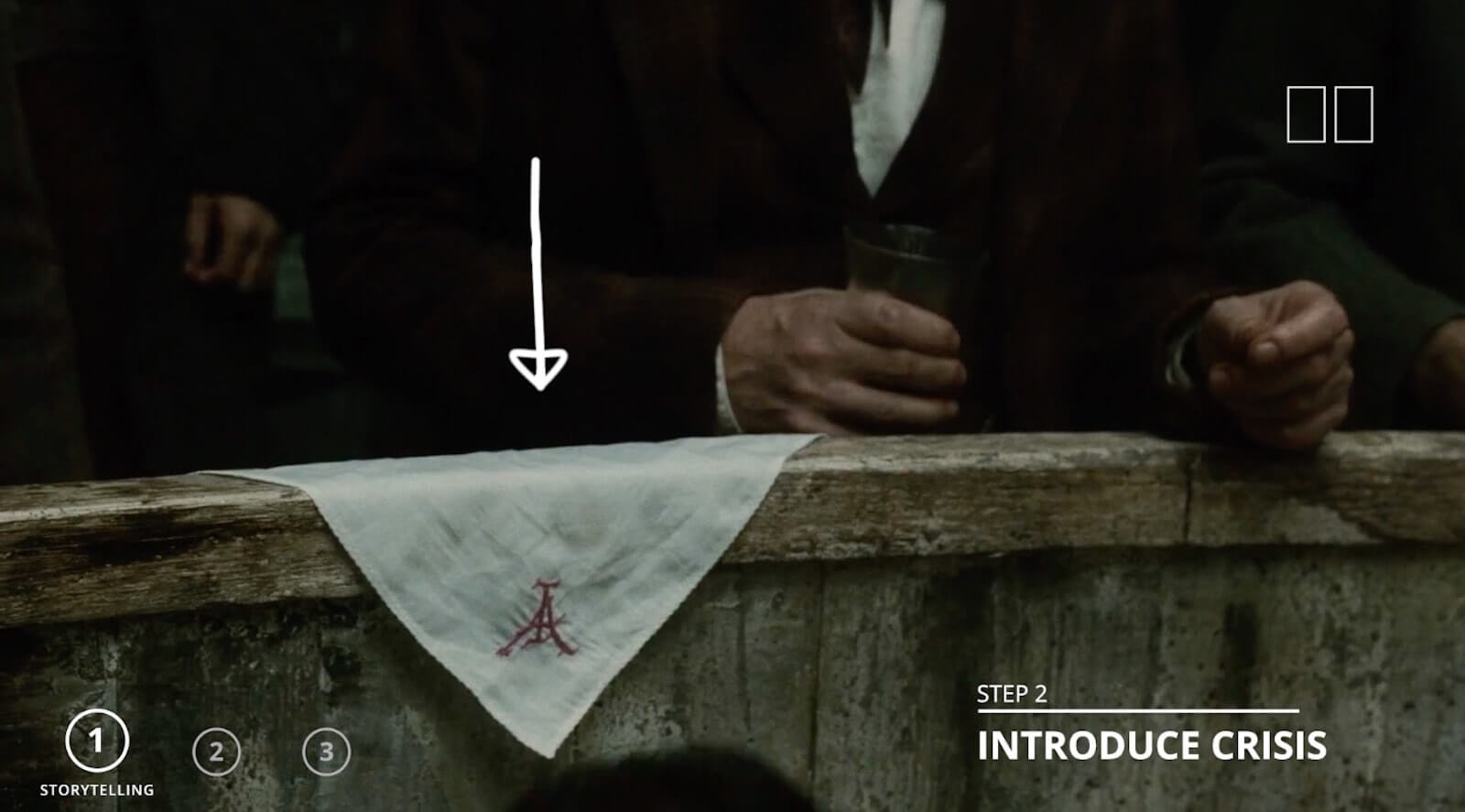
Adler’s Handkercheif
The genius of this moment is that Ritchie has introduced the last piece of necessary information as a bridge to the next act in his fight scene.
Right when Sherlock becomes confused by the handkerchief…
He is hit with a critical blow.
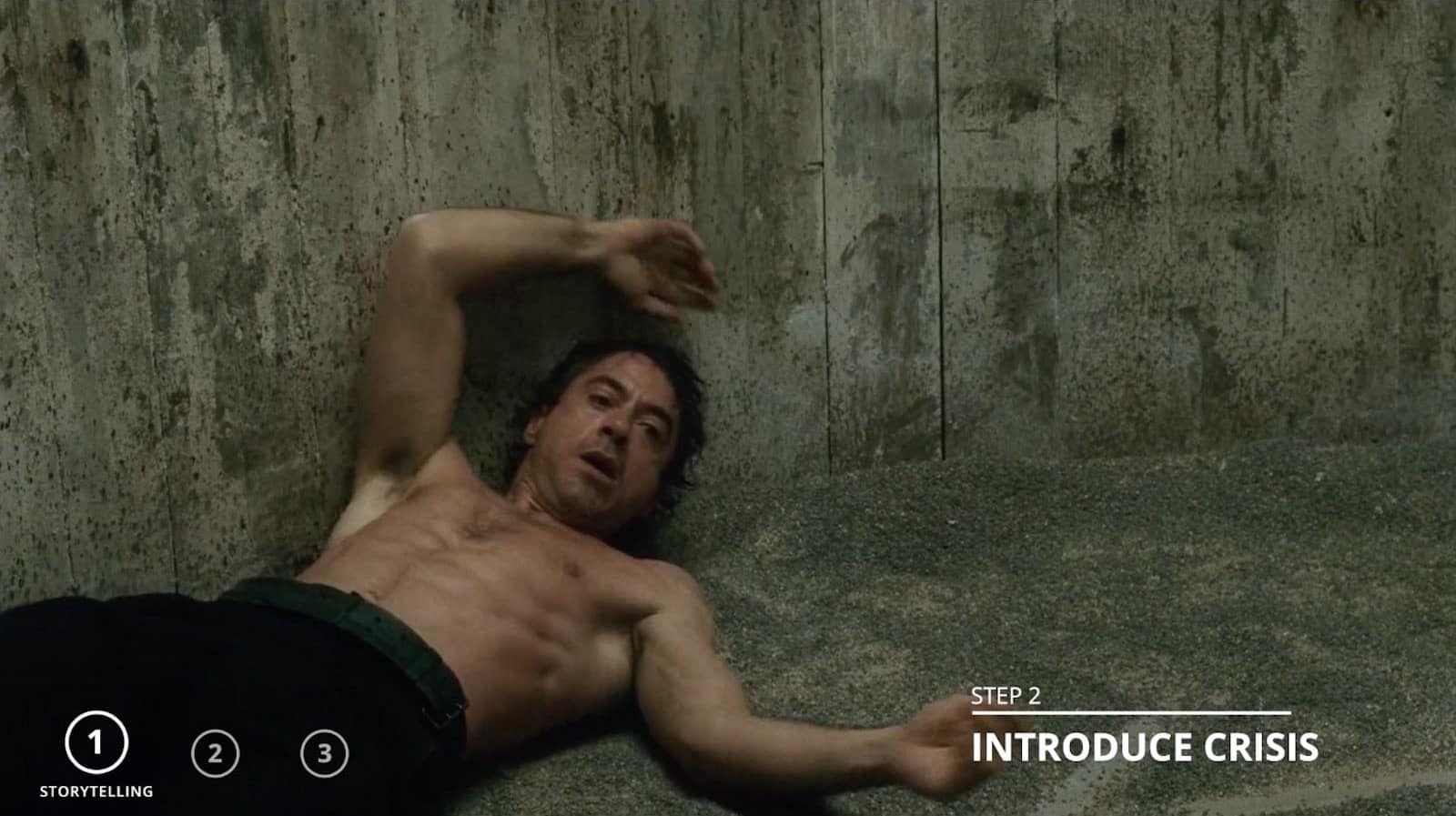
Introduce Crisis
If you have an important prop like the handkerchief in this scene, use it to motivate camera placement and performance blocking like Guy Ritchie does here — because we need to see it just as much as Sherlock.
We now have our crisis laced in with the critical elements of the scene.
Guy Ritchie presents physical conflict along with emotional conflict.
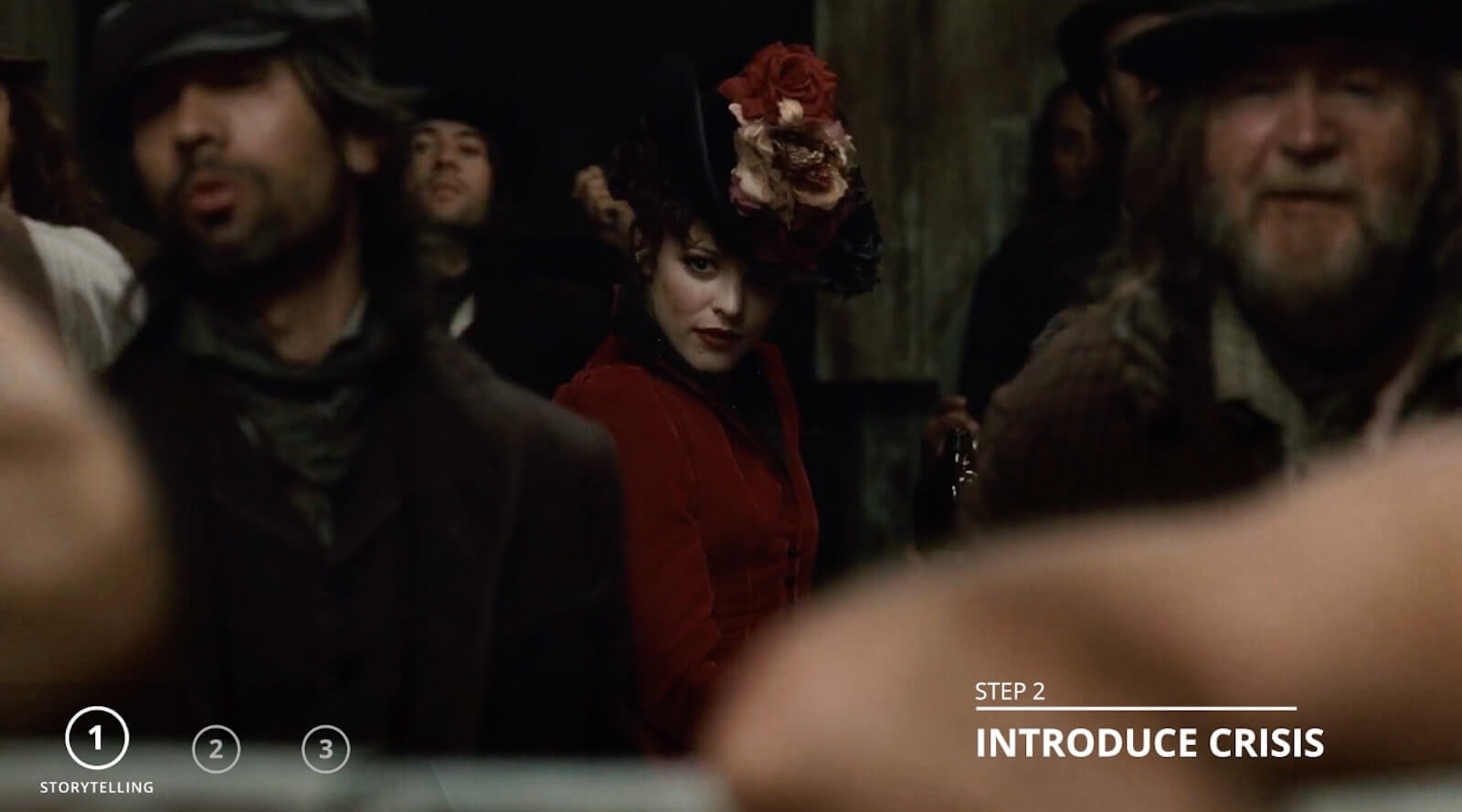
Sherlock see "the woman"
This stacks the suspense and illustrates the significant effect Ms. Adler has on Sherlock’s precise but admirably balanced mind. After all, in his estimation, she eclipses and predominates the whole of her sex.
Now what?
ACT THREE OF A FIGHT SCENE
Conclude your story
You have to end your fight scene, and no matter who wins or loses, you need your fight scene to end with a significant moment that tells us, without a shadow of a doubt, that the fight has come to an end.
Think of Bane breaking Batman’s back, or even Bob Barker beating up Happy Gilmore on the links, or Alec Trevelyan grabbing the gun at the end of GoldenEye...
You need that big moment that tells us we can finally breathe.
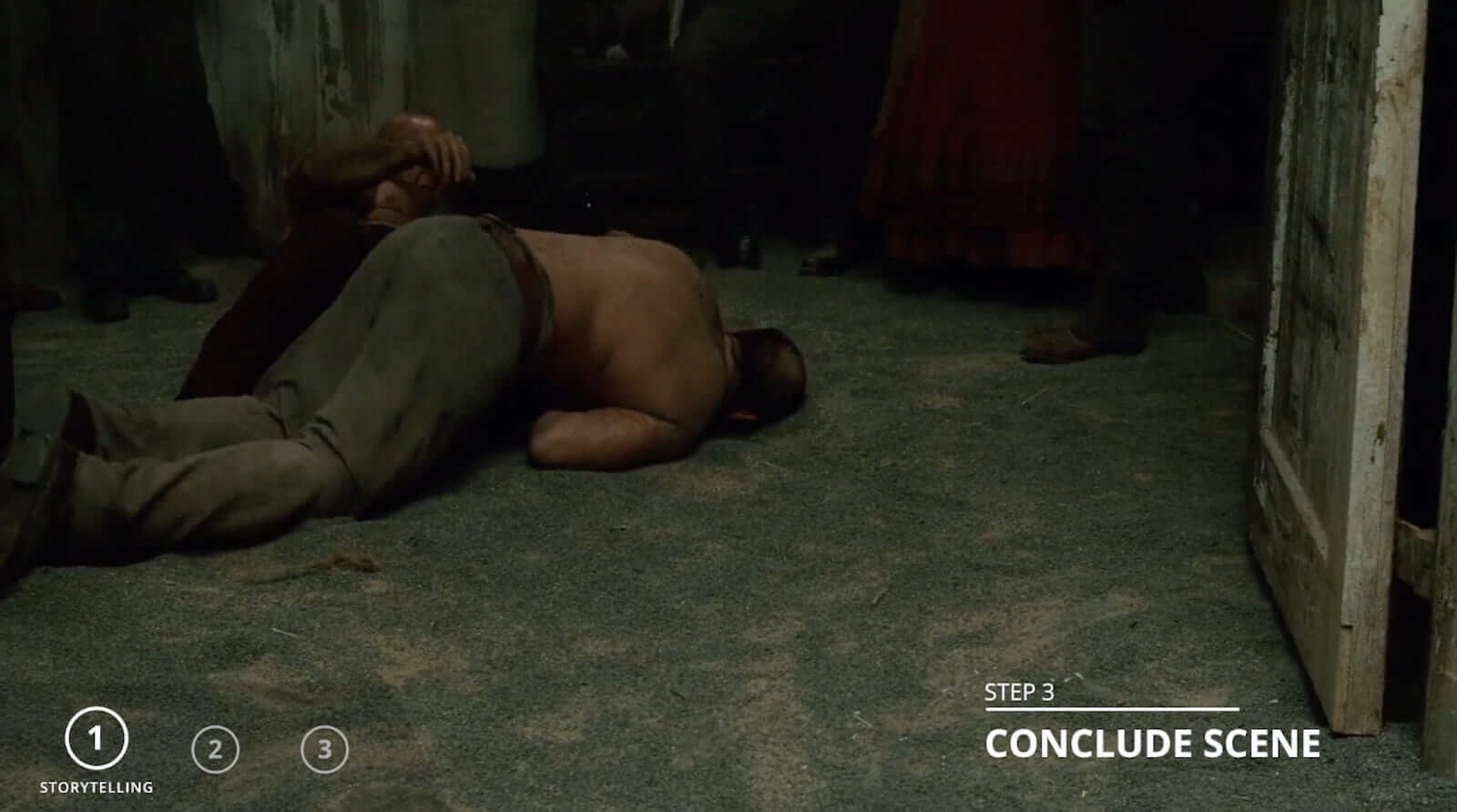
Conclude your scene
A lot of this will be part of the writing process to be sure, but you may have a great script that says very little about a fight scene — though I’d argue the story structure should have been there before it got too far.
Make sure your story is solid before you move on to shot selections.
It is important to note that this stage is also a really big opportunity for you to identify the overall theme of your scene. Part of this will be understanding where you are in your overall script.
If this is the first fight scene in a big action film, maybe the theme is about how good of a fighter your hero is, or maybe about how clumsy they are, or some big moment they will need to redeem.
If you know what the scene is about, you can coordinate your visuals to accurately convey how your character feels, the plot of the scene, the scene setting, and the overall theme of your project.
What kind of shot selections support the theme of your fight scene?
Write these thoughts down, because we will come back to them later.
HOW TO SHOOT A FIGHT SCENE
Plan coverage for your fight scene
You’ve already marked the must-see elements in your scene as well as the narrative beats of the scene.
They’ll be waiting for you when you build your shot list so you can construct the visual skeleton for your fight scene.
First thing…
You should cover a fight scene the same as you would any other scene.
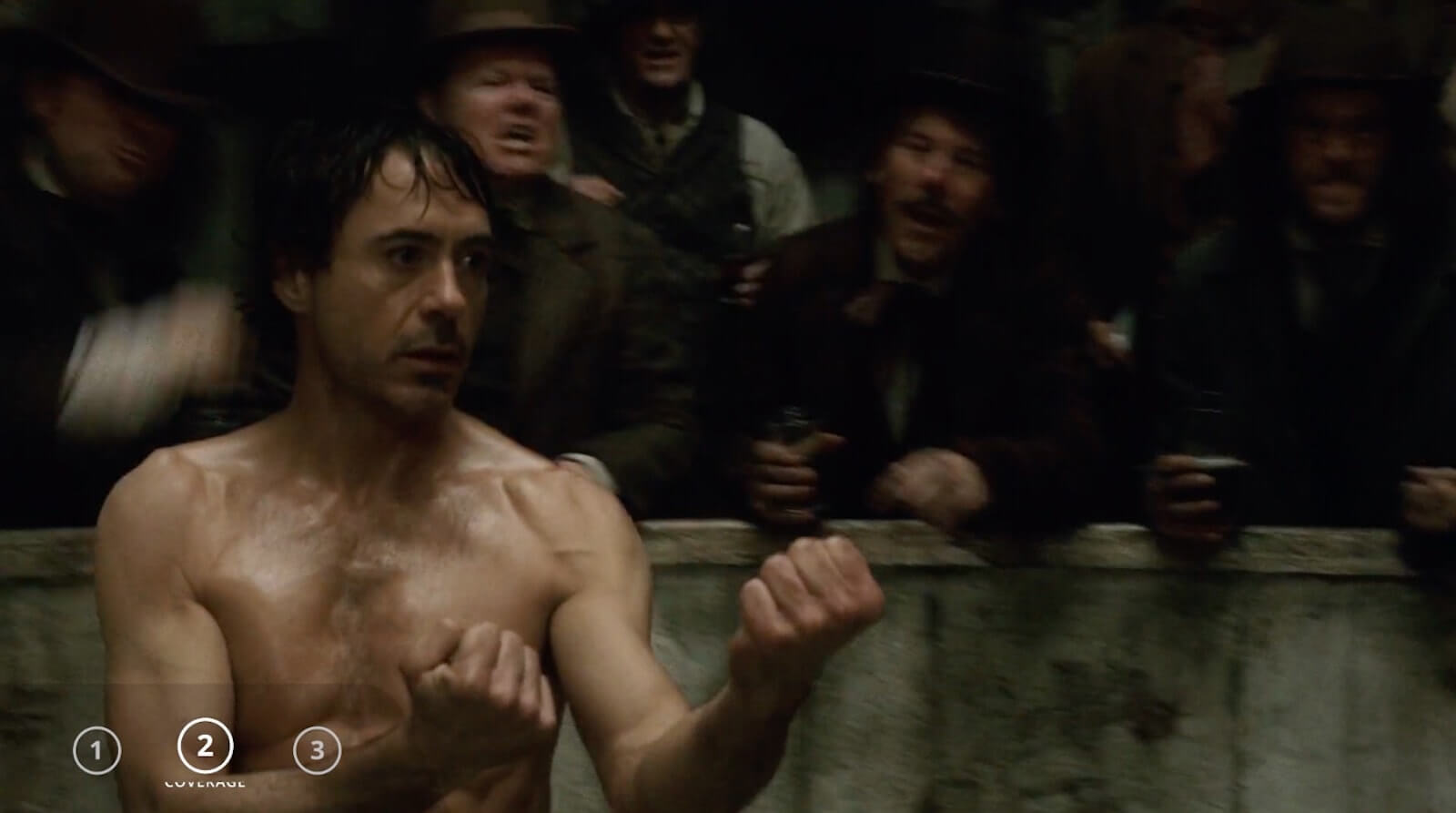
Sherlock Holmes coverage
Get coverage of the main players, the spectators, and vital information.
Coverage is very simply footage of a specific element in your scene, and most of the time in a fight scene that will be your actors.
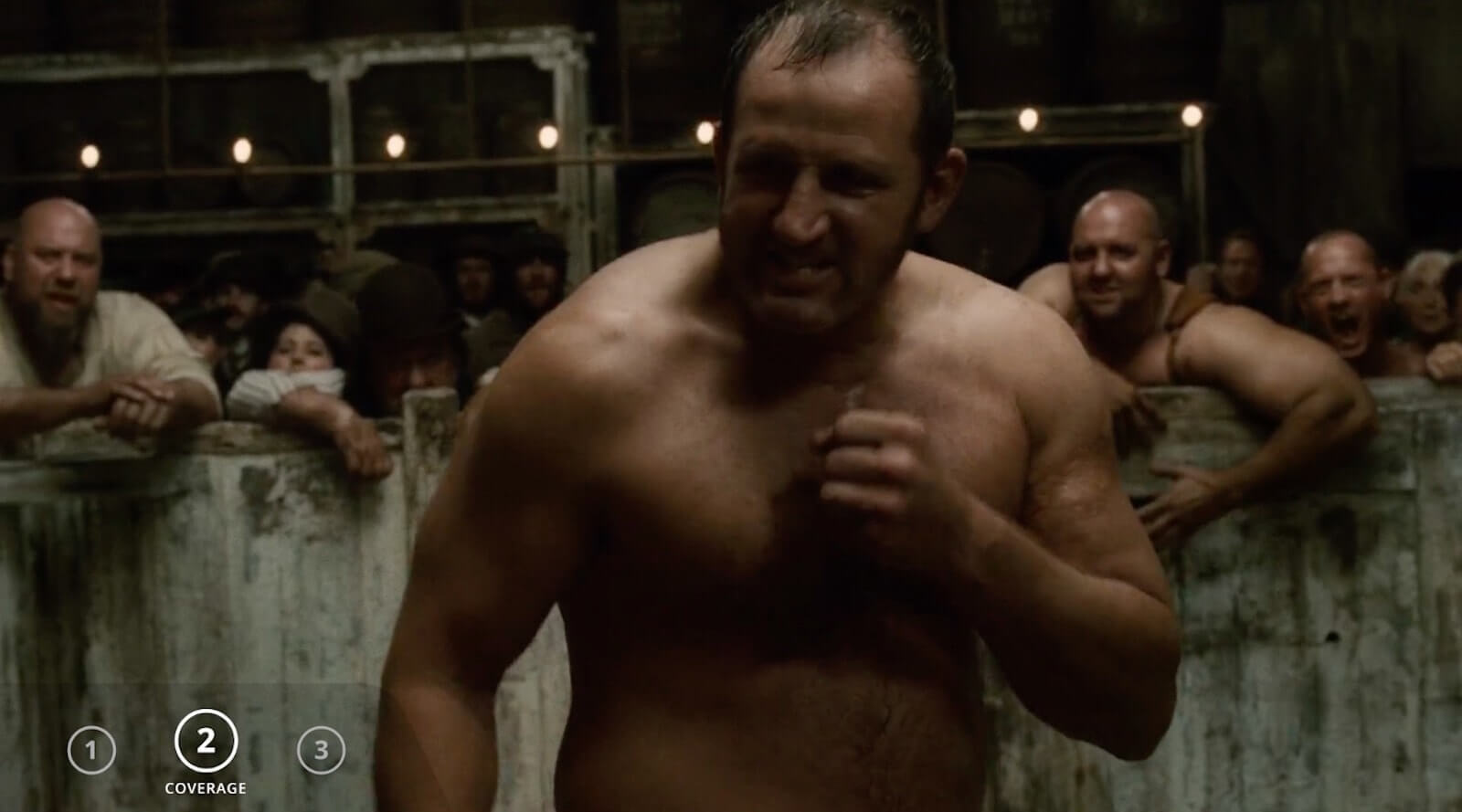
Big dude coverage
Any suspenseful moment is amplified when you have an audience, and you should show the audience reacting in some capacity, especially if we know the spectators as characters in the story.
Every time you see husband or wife watch as their significant other takes a punch to the face, you have to worry about the emotional well-being of both characters — not to mention the physical toll on the hero.
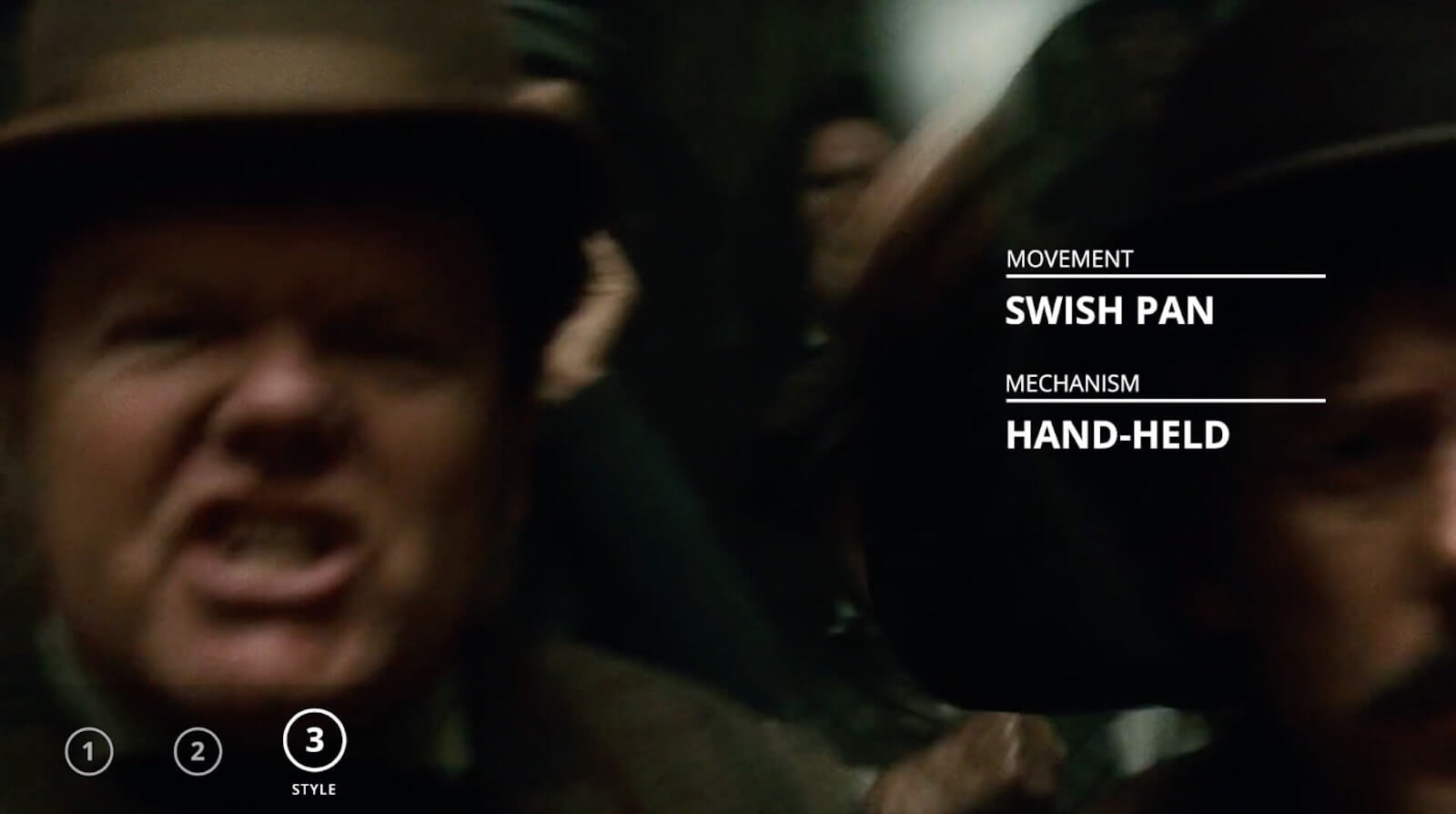
Whip pan to add energy
This step in the planning process is your opportunity to consider what your needs are, and not necessarily your desires.
When do I need a close-up? When do I need to stay wide? When do I need to see something important?
Use this step to build the visual structure of your scene. Get the coverage you need so that when you move onto your creative wish list, you can be sure you’ll have total scene coverage. Your desires can come later, so don’t put the cart in front of the horse.
180-Degree Line
You may want to break the line at some point for a dramatic effect, but more often than not you will want to keep orientation.
It is easier to light and film a scene that stays on one side of the line.
If you plan correctly, you can keep your action taking place on one side of the room, and therefore keep the viewer from being confused.
If you want to know more about the 180-degree rule and how it works, head over to our dedicated post on the subject.
Fight Choreography Tips
Figure out the handedness of your actors, and how you imagine the fight choreography to take place so that you can position the camera on a side of the action that allows your phantom hits to register as real on-screen.
More often than not, you will want the actor taking the hit to move toward the camera rather than away from it. This will do two things:
- Hide the phantom hit
- Create motion within the frame
If the actor moves away from the camera, we lose that kinetic energy.
If you watched the scene, you’ll notice that Indiana moves into the camera after the punch, and we not only believe that it made contact, but we also get both the motion and the reaction registered on screen.
HOW TO FILM A GOOD FIGHT SCENE
Add some style to your scene
You’ve done all of the leg work as far as planning your story beats and basic coverage, which means you could walk onto set, film your fight scene, and have something relatively compelling for people to watch.
But you want the best fight scene possible. So, let’s add some style.
Earlier, I asked you to consider the theme of both your project and your fight scene. It could be a down and dirty brawl, or an elegant dance, or even a messy bout between a group of idiots — doesn’t matter.
You know which category yours falls into, so now it is time to flood your shot list with all of the fun stuff.
My suggestion is to limit your shots and setups by bundling them together and eliminating portions that are unnecessary.
You don’t need to show the same moment a hundred different ways...
Just the right way (for your scene). Let's take a closer look at a storyboard we created for the Sherlock Holmes fight scene.Shot list for the Sherlock Holmes fight scene
Mark any special equipment, changes in frame rate, and unique camera work that makes the fight scene belong to your project.
Don’t make it about your style as a director — that’s why you were hired to tell the story in the first place.
Be humble, enhance the story and elevate your scene. This is where the fun begins, and where Guy Ritchie shines. This is how the Sherlock Holmes fight scene has become so iconic. He first introduces his hero in a very smooth and classy manner…
Ritchie moves into Medium Shots when strikes are successful.
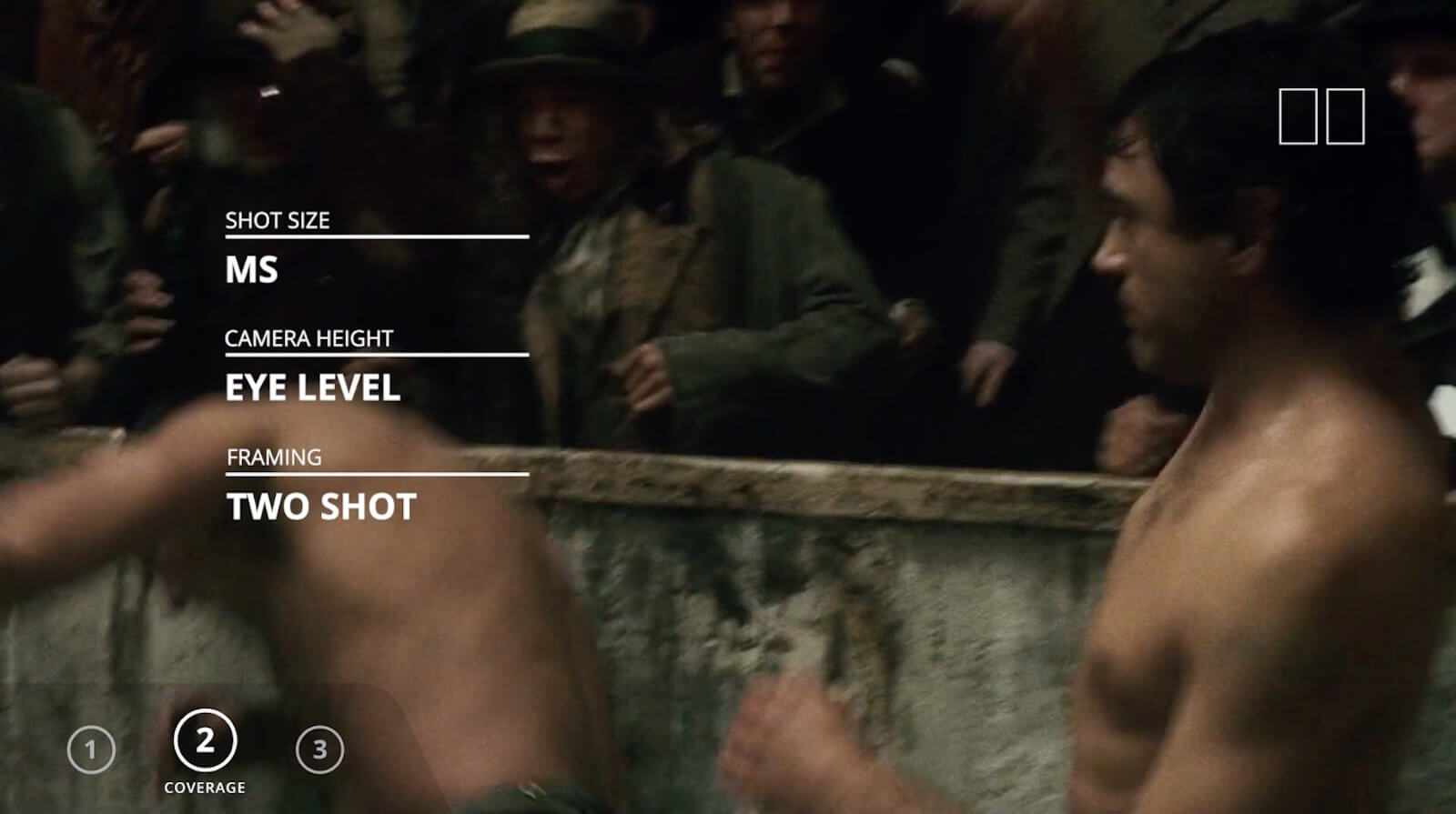

Medium shots show the strikes landing
Then back to wide shots when the fighters dance around the ring.
He pushes way back to an extreme wide shot to add some scope.
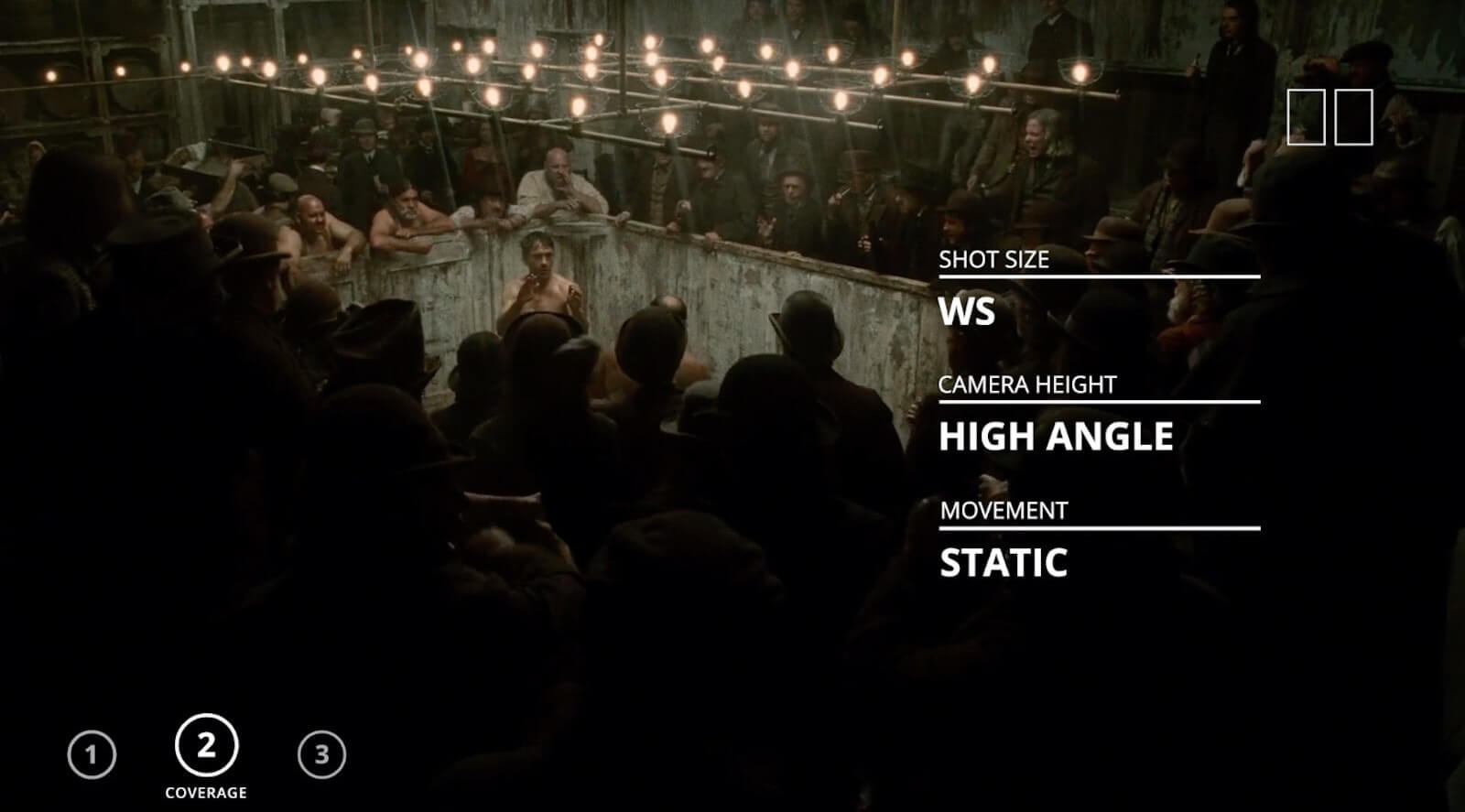

Show us the chess board
Then he uses some whip pans that land on screaming spectators - establishing the frenetic energy of the scene setting.
Sherlock is drunk — so let’s add some camera wobble when necessary.
When he takes a big hit — add a bit more.
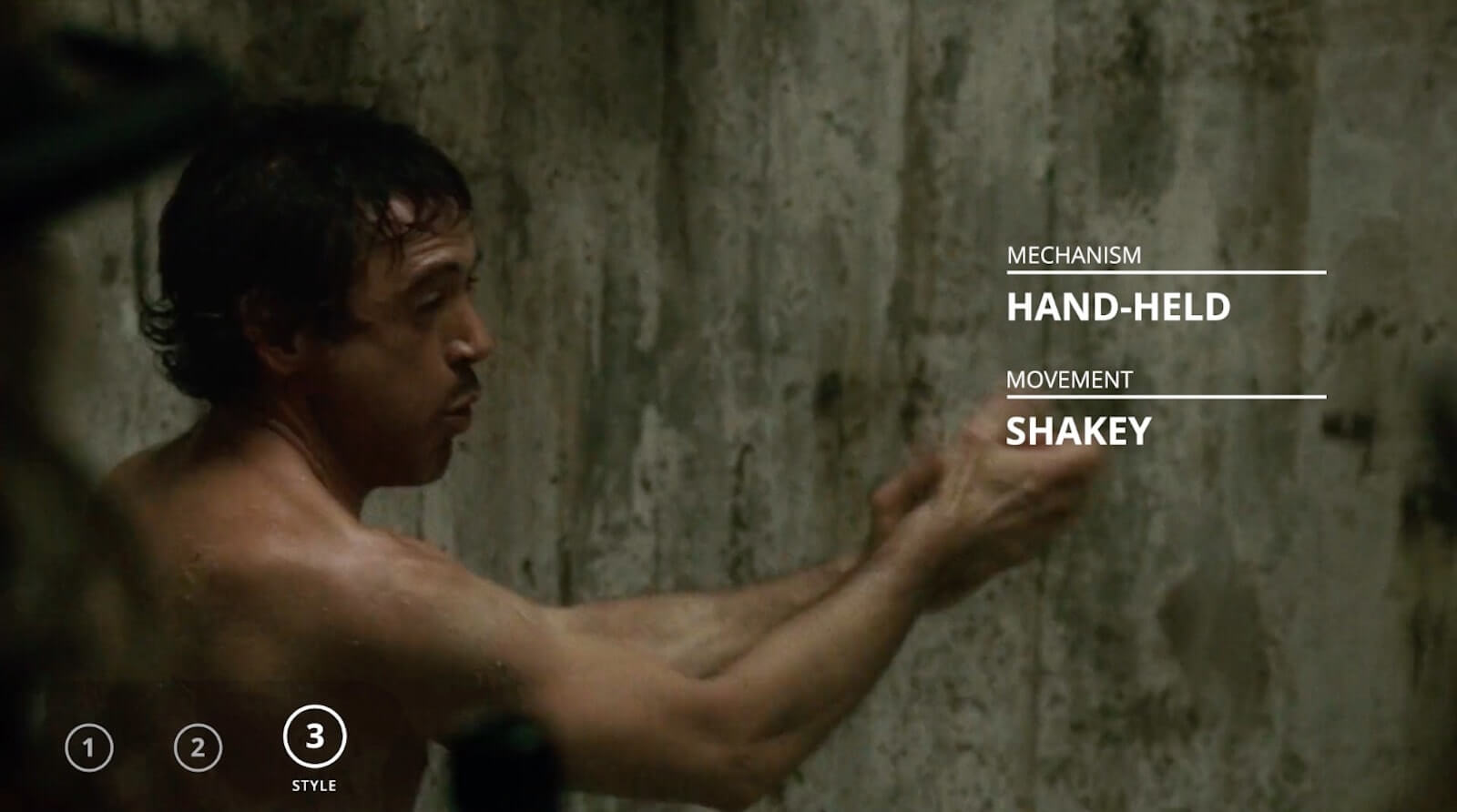

Camera stability informed by the story
When he becomes focused — sit still.
These are not all NEW shots, but rather you should make slight changes to your already existing coverage, so blend the two to become one.
Your needs and your desires in cahoots.
Use visual information to reflect the character's state of mind.
Do we need to see our hero process internal information?
Use a close-up.
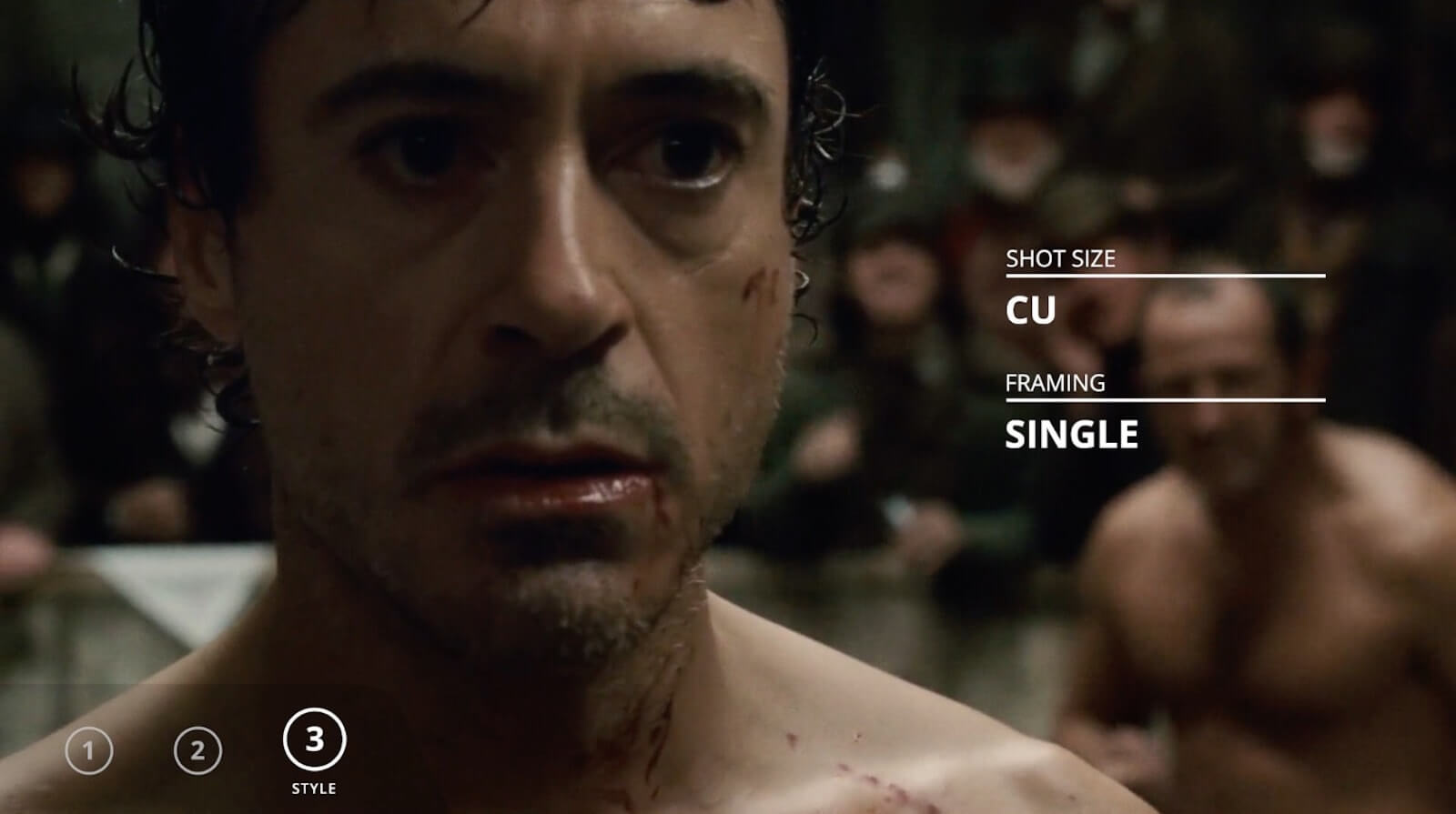

Move in to see facial expressions
Do we need to show Sherlock searching for someone in the crowd?
Use a point of view shot.



This POV is also a whip pan
Each time a new idea like this pops into your head, go back to your shot list and build layers of muscle and tissue on top of your skeleton.
All of this is great…
But it’s not enough for Guy Ritchie, nor the great Sherlock Holmes.
Grit in a sensitive instrument, or a crack in one of his own high-power lenses, would not be more disturbing than a strong emotion in a nature such as his…
So Ritchie decides to slow things down.
His team films these fight scenes by cranking his cameras to an extremely high frame rate — sometimes 200 fps, other times 800 fps.
If you want to do the same, mark it in your shot list under “Frame Rates.”
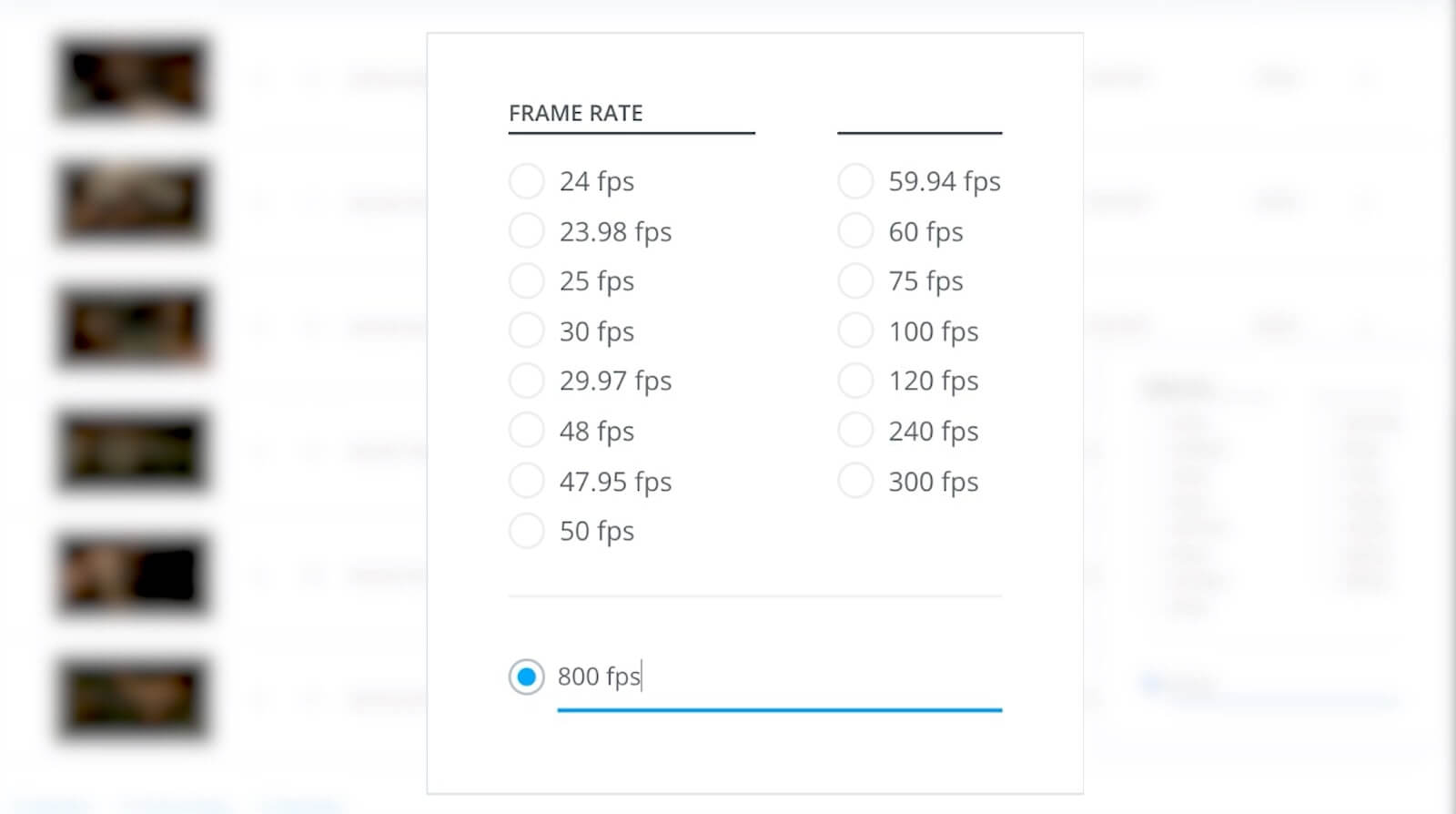

Mark special equipment considerations
If you’re curious about frame rates, take a look at our post on Understanding Camera Frame Rates where we break it all down.
Guy Ritchie loves Sherlock Holmes as a character, and he loves great fight scenes, but he goes a step further and finds a way to present the Sherlock Holmes fighting style in a way that supports the character’s unique ability.
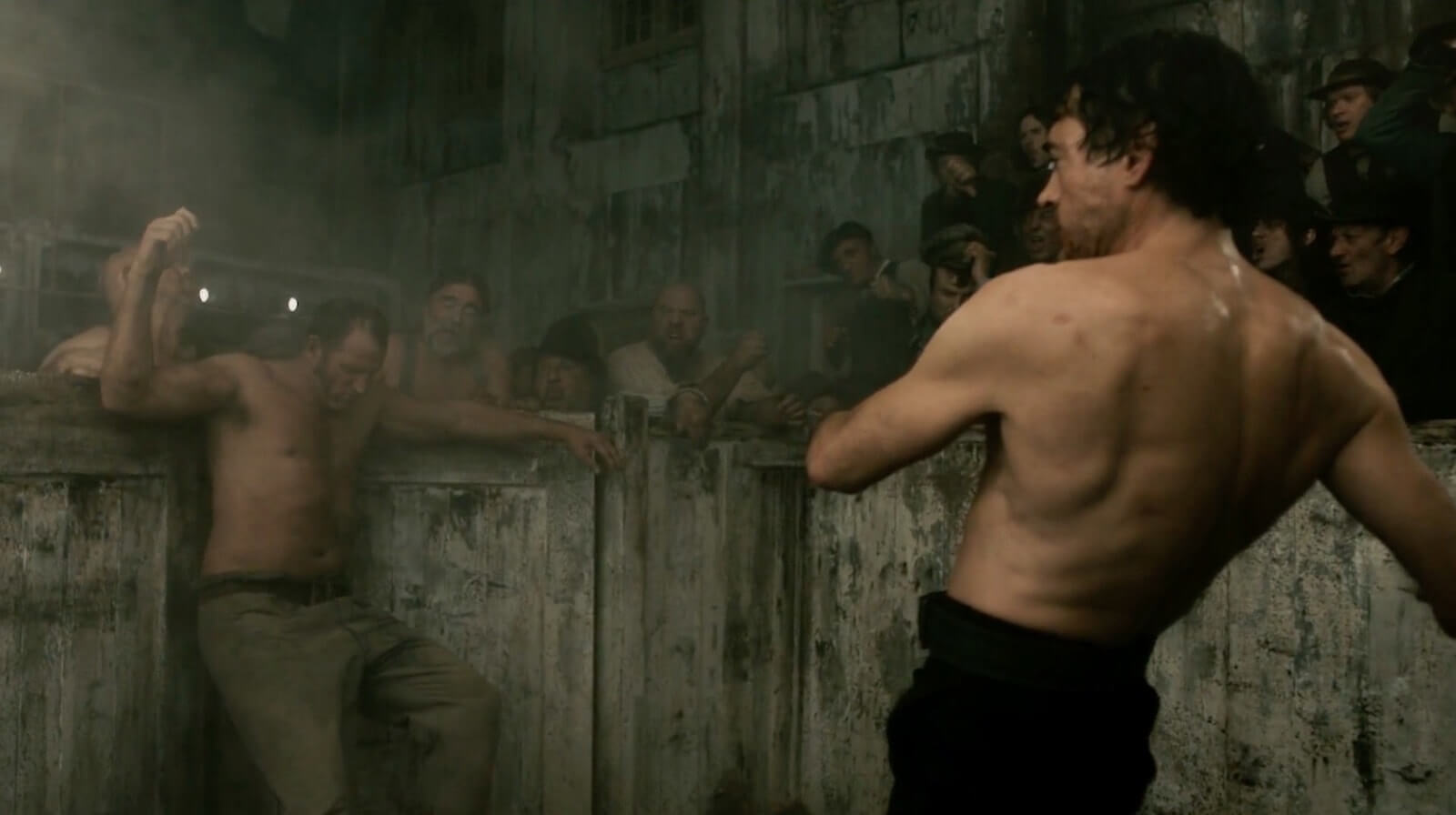

How does your fight scene end?
Holmes narrates while he takes the viewer, step-by-step, through his fight strategy. Most characters don’t deserve this treatment, and most directors are unable to deliver… but Guy Ritchie is not most directors.
And W.S. Sherlock Holmes may be the greatest character ever created.
The result?
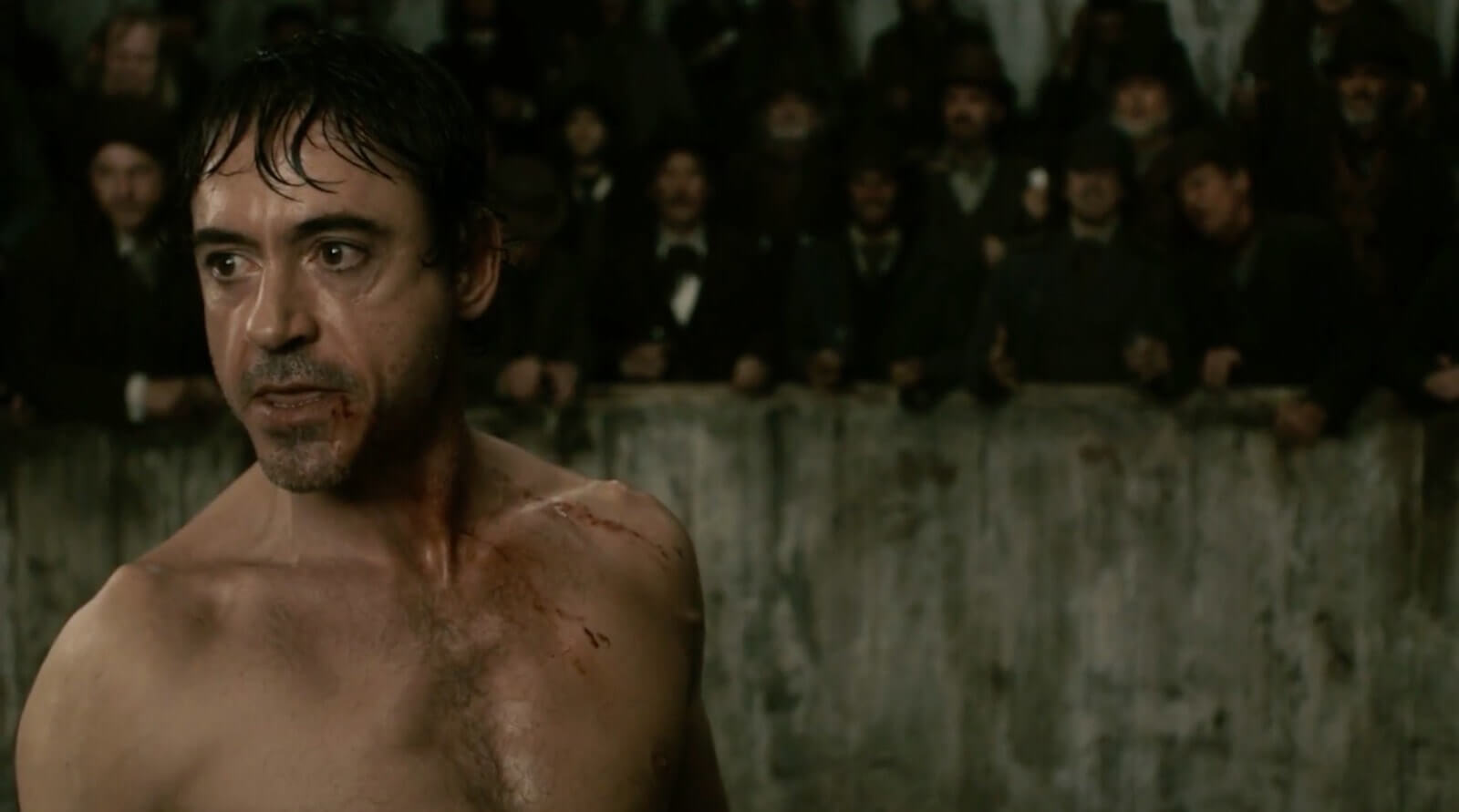

Cast great actors too
One of the best movie fight scene of all time.
And it was created because Guy Ritchie meticulously planned his shot choices beforehand, and presented them with classic story structure.
Up Next
How to Make a Shot List
Getting a camera, casting actors, lighting a shoot location — all of this hard work is rendered useless if you don’t build a cohesive scene with well thought out visuals that are as detailed as they are creative. You will see how useful this feature is to your projects, and then be able to build a free shot list right away.
Up Next: Make a Shot List →
Showcase your vision with elegant shot lists and storyboards.
Create robust and customizable shot lists. Upload images to make storyboards and slideshows.
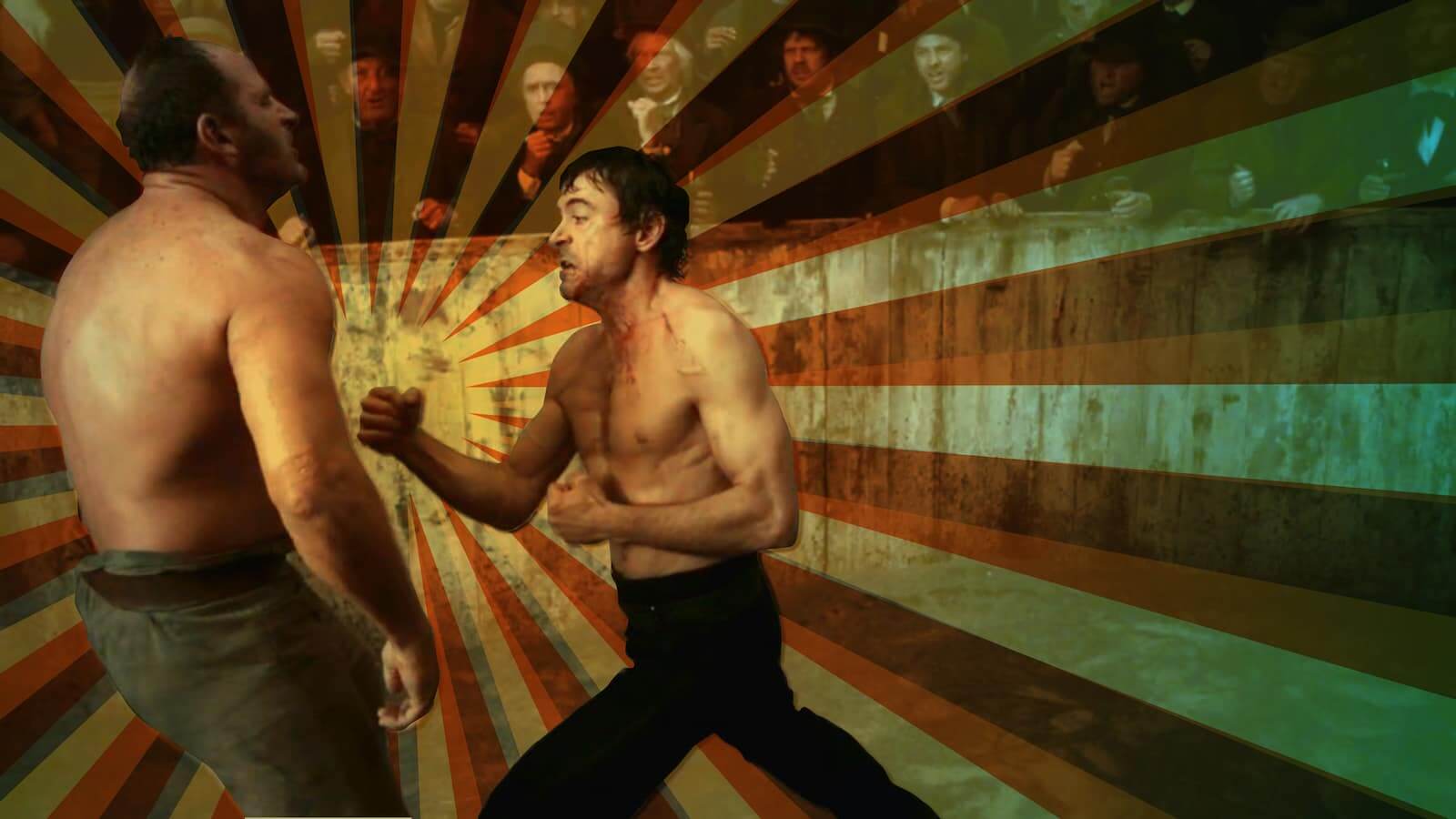
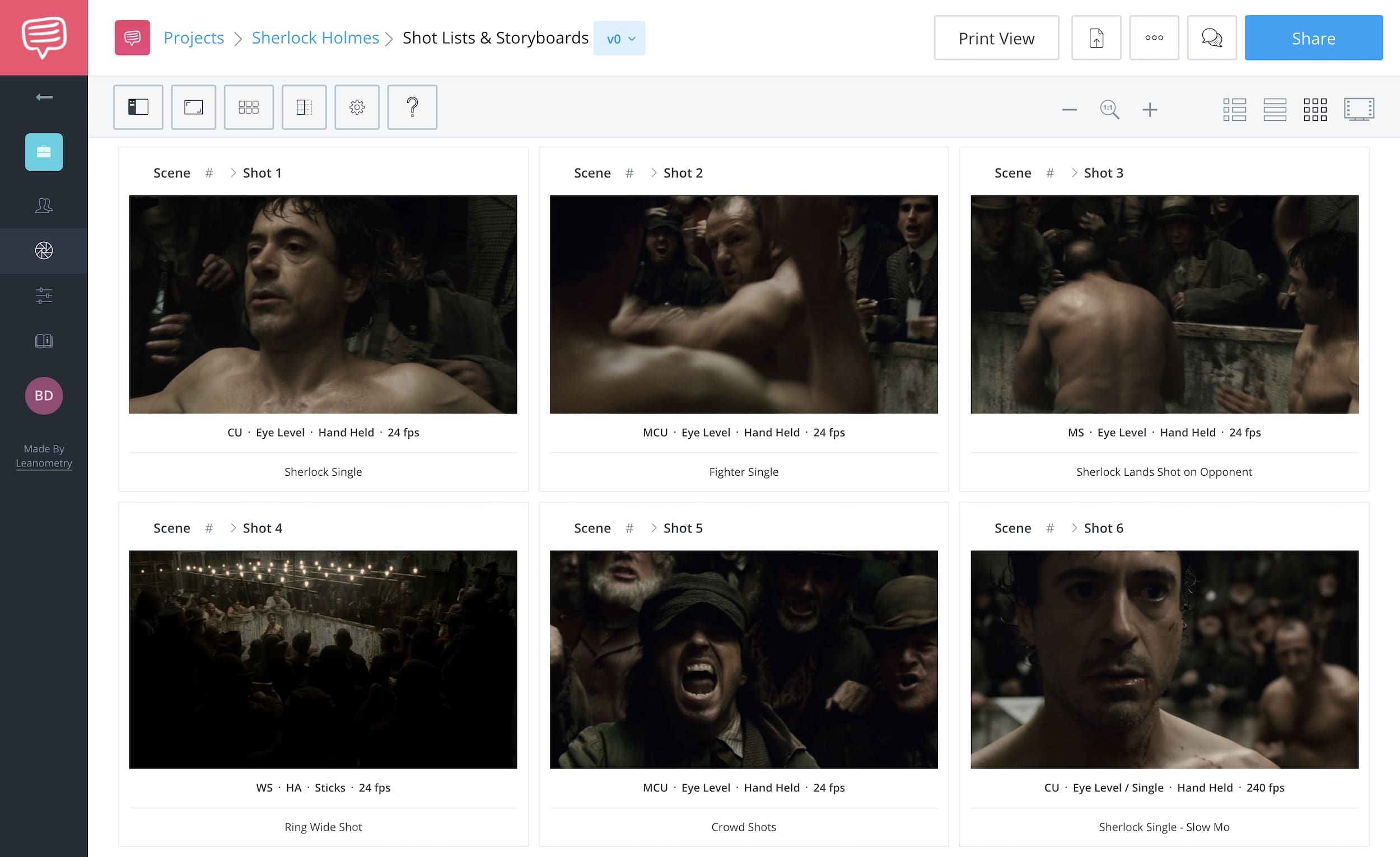
The movie engineers our responses, too, and if I were a Disney stockholder, I’d be pleased at how well it hits its marks. With Guy Ritchie at the helm, it hits them hard. There’s a driving, lewd Broadway energy to Ritchie’s work I’d never noticed before that syncs up with this second-rate material and hurls it into the heavens — or the lower circles of hell, depending on your perspective. The movie has no down time, no moments for dreaming that would risk making audiences impatient. Ritchie evidently dreams not of magic carpets but of roller coasters, and he seems to have approached this as a Young Indiana Jones movie,